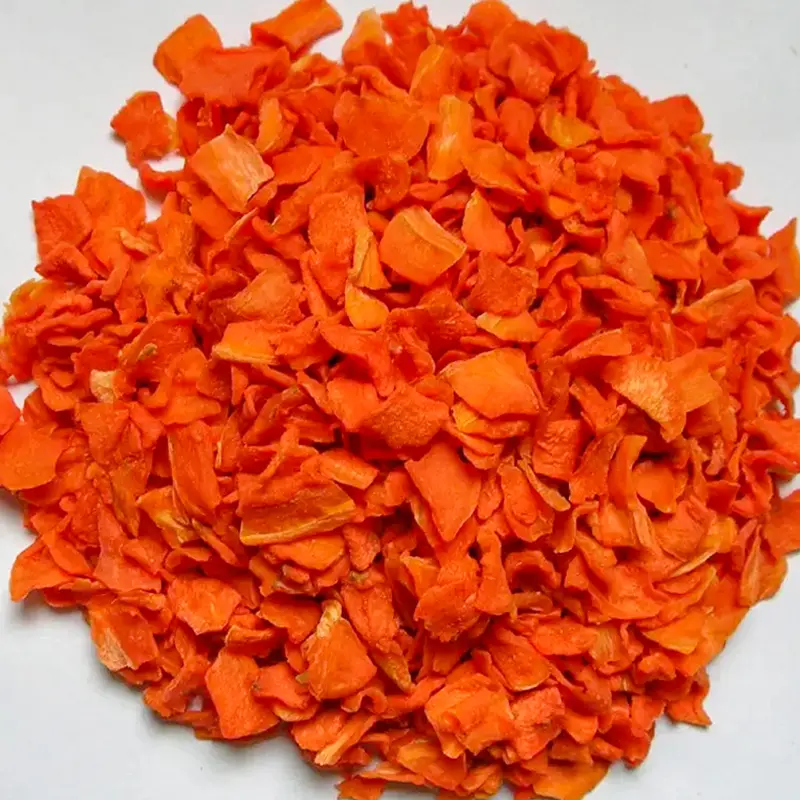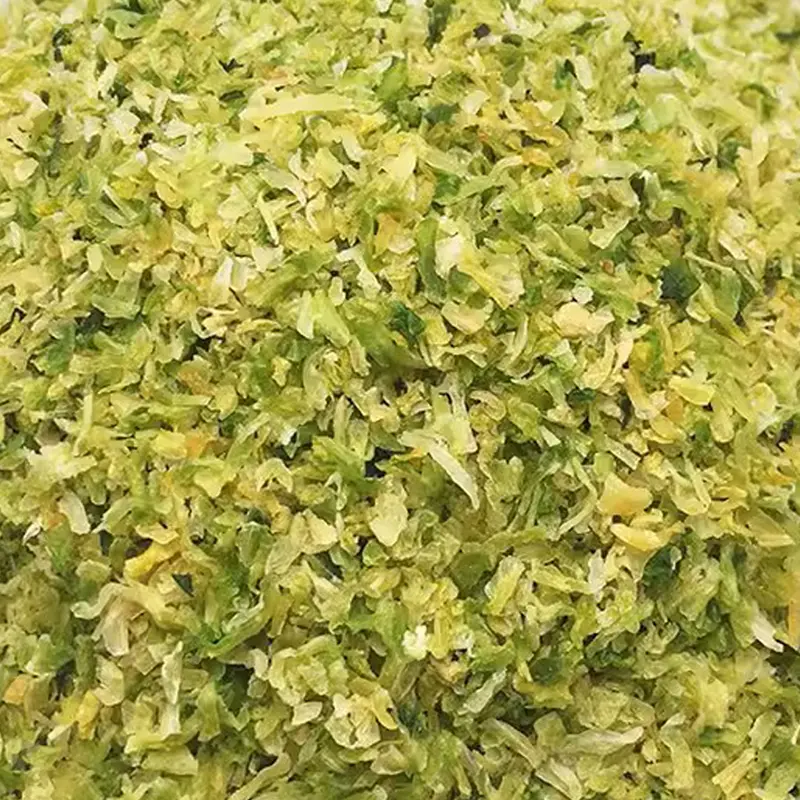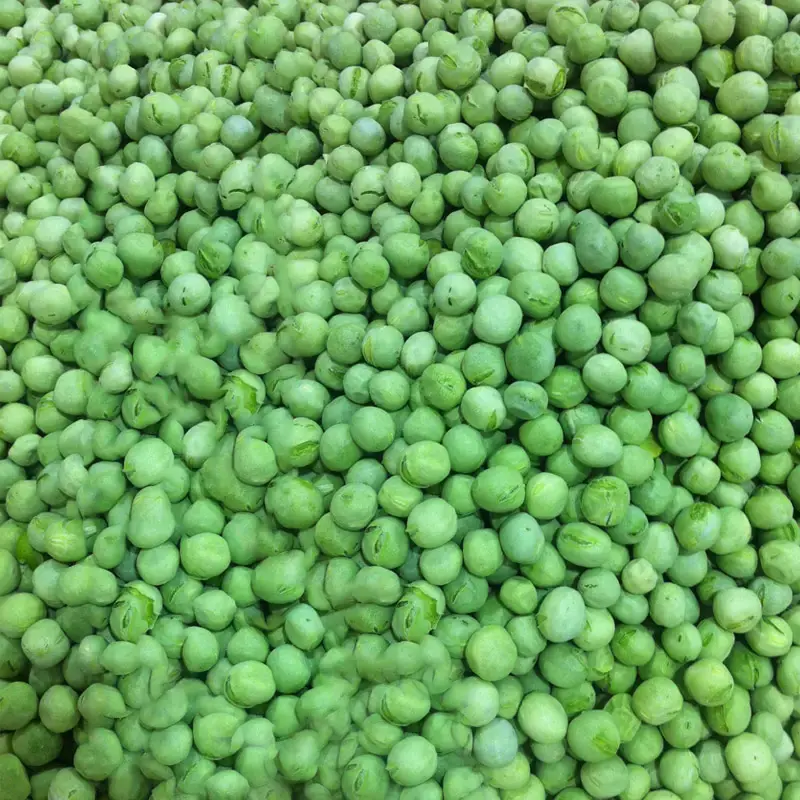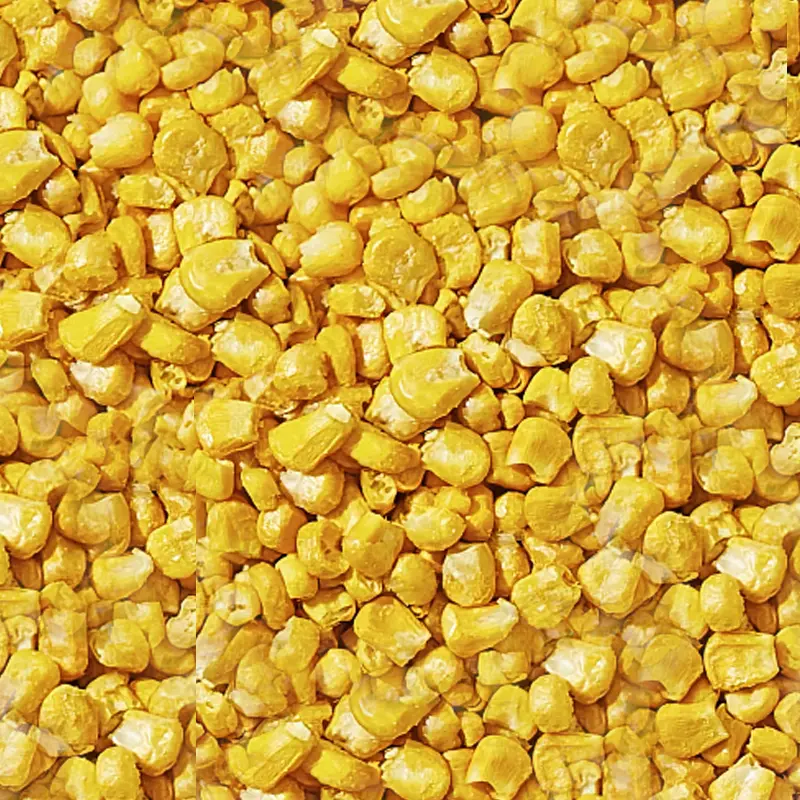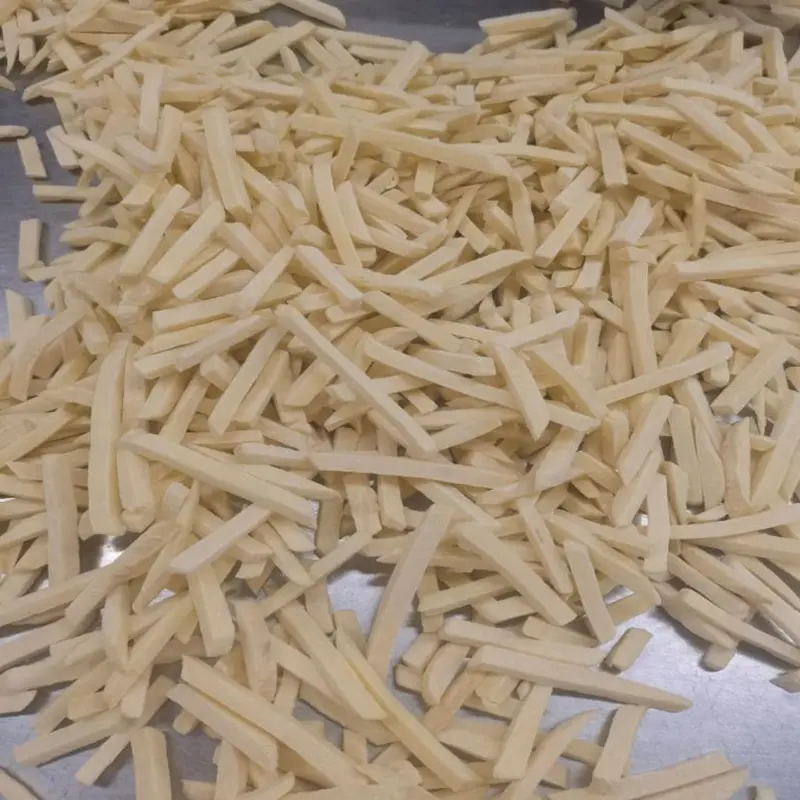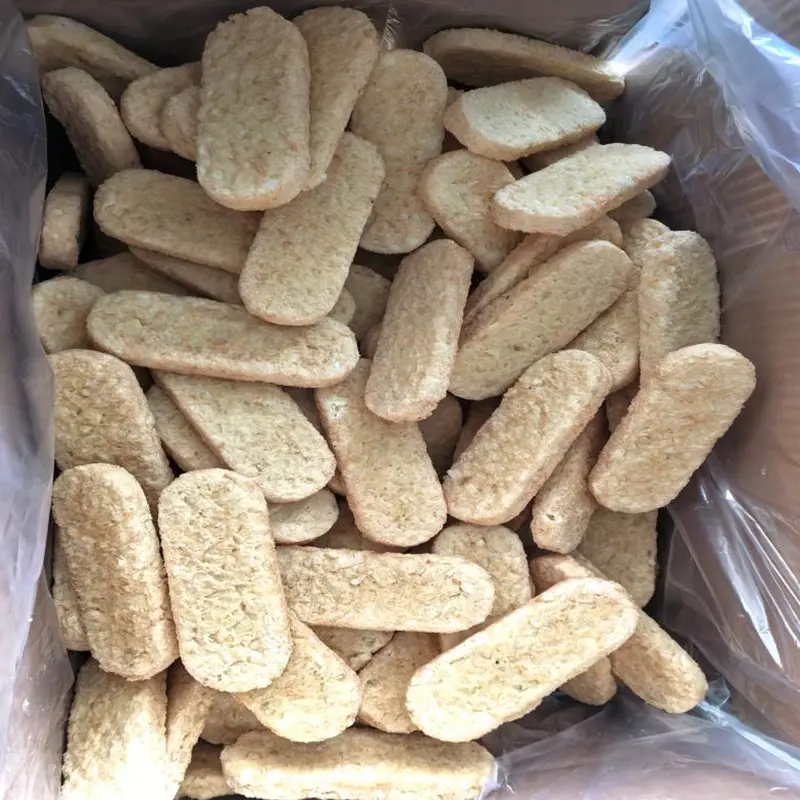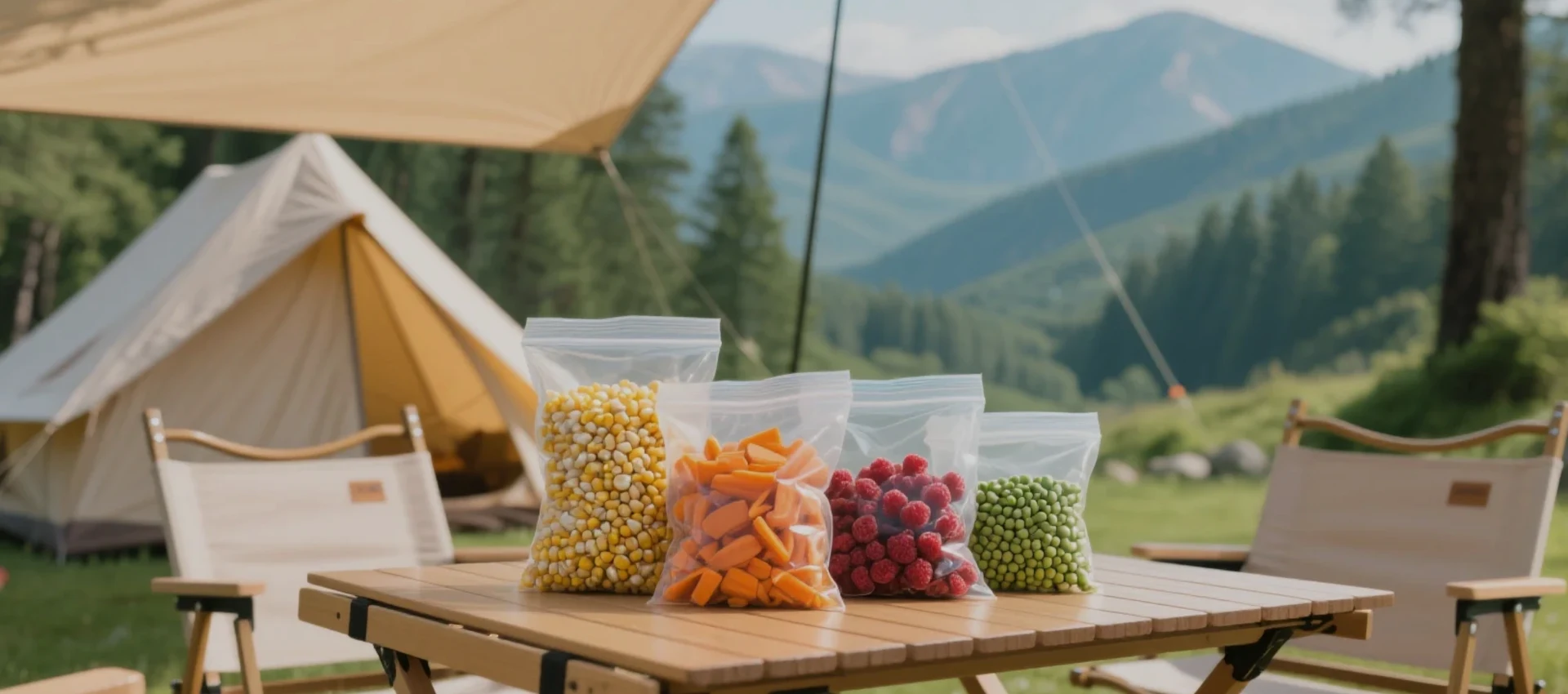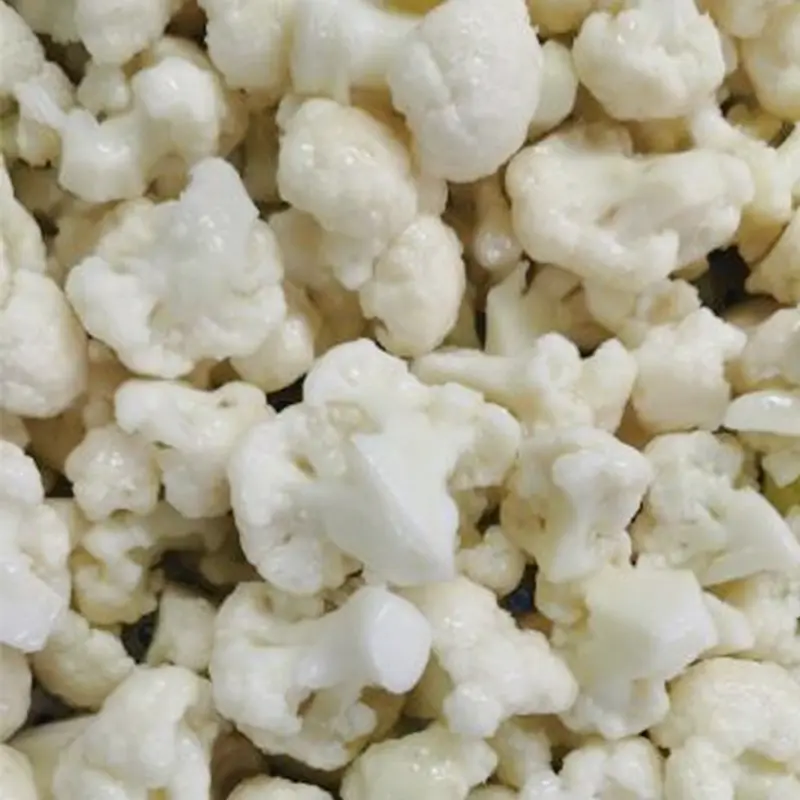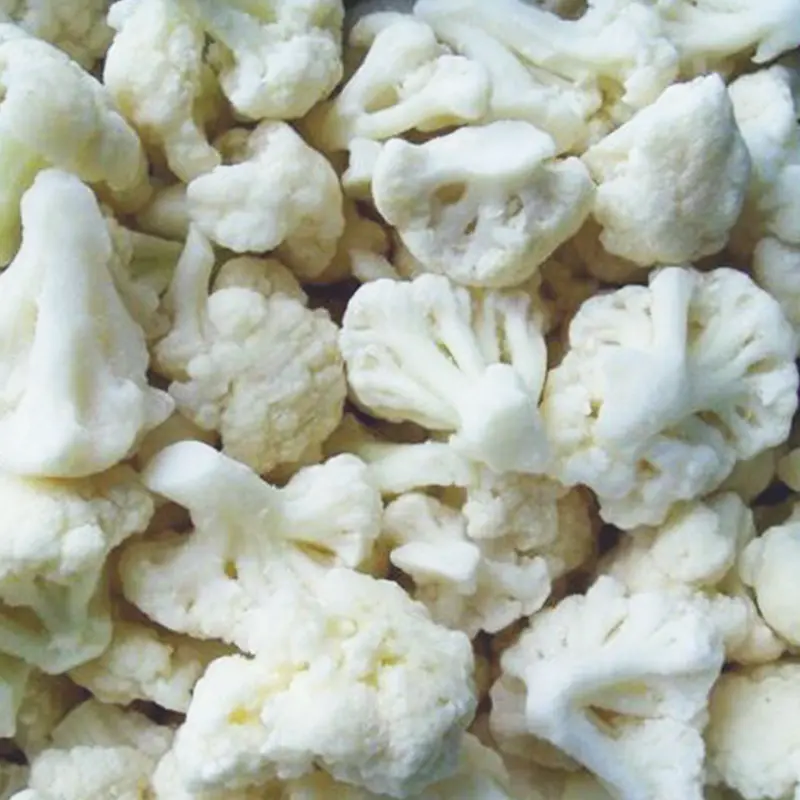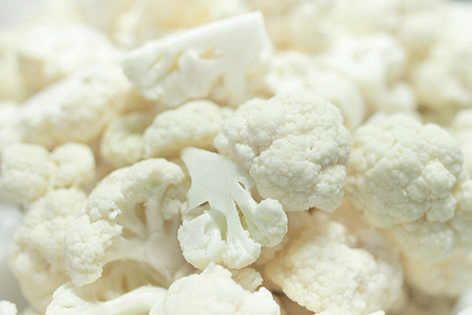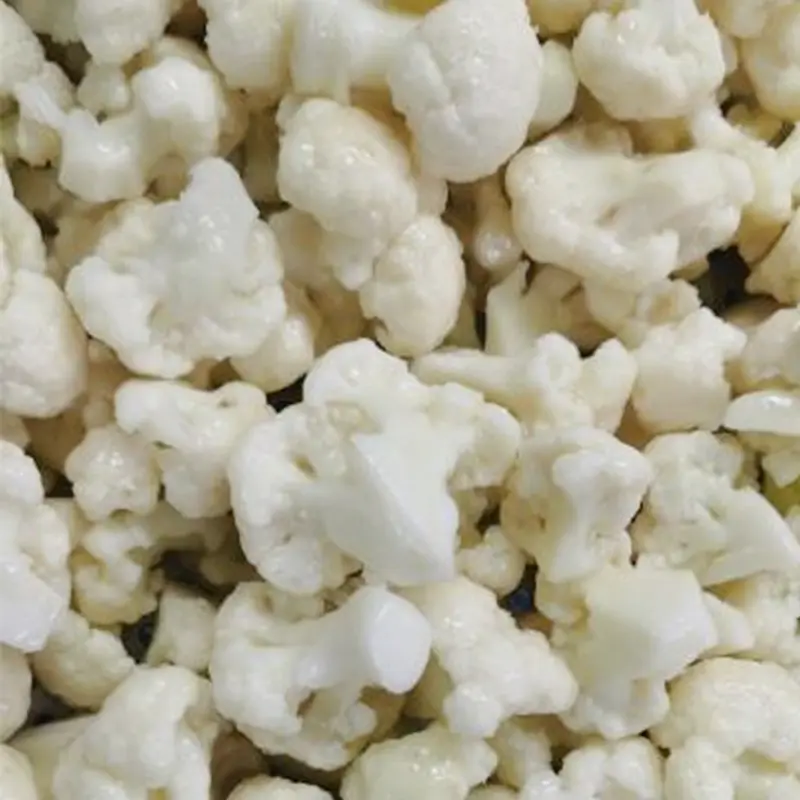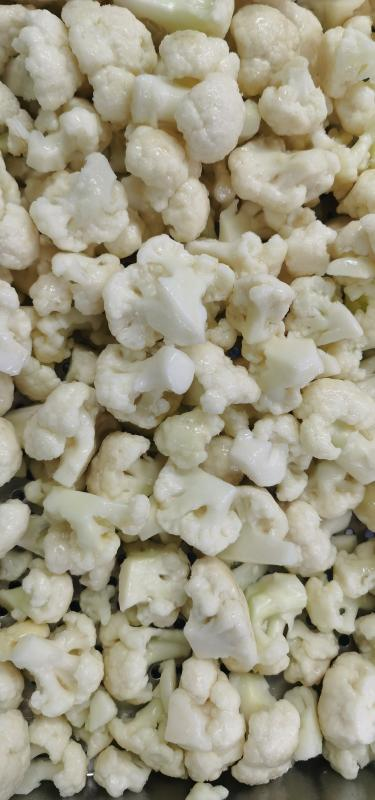Frozen cauliflower refers to a deep-processed vegetable product made by quickly freezing fresh cauliflower through low-temperature quick-freezing technology for long-term preservation. Using “quick-freezing” technology, it maximizes the retention of cauliflower’s nutritional value and natural flavor, with each floret maintaining a white color and a crisp, sweet taste akin to fresh cauliflower. This convenient frozen form breaks through seasonal limitations, making cauliflower a healthy fast-food option for households, catering services, and busy lifestyles. Its nutritional value matches that of fresh broccoli, while its quick preparation perfectly adapts to modern efficient living needs.
Key Advantages
- Nutrient preservation: Quick-freezing locks in nutrients before cauliflower cells fully freeze, retaining over 90% of vitamin C, folic acid, and dietary fiber (fresh cauliflower loses ~30% vitamin C after 2 days at room temperature).
- Natural flavor: Free of artificial additives (e.g., preservatives, colorants), it retains cauliflower’s natural sweetness through blanching and quick-freezing (some products are lightly salted for flavor).
- Convenience: No need for washing or cutting. Thawed florets can be microwaved, steamed, or air-fried (cooked in 2-5 minutes), ideal for busy lifestyles.
- Health equivalent to fresh: Low nutrient loss (≤10%), same calories as fresh cauliflower (~25kcal/100g), and a low-calorie, high-fiber option (2.5g dietary fiber per 100g). Its health benefits match those of fresh broccoli.
Application Scenarios
- Quick home meals: Thawed florets microwaved for 2 minutes, paired with cheese, tomato sauce, or olive oil garlic for “cheesy cauliflower” or “garlic cauliflower.” Also used as a salad topping (with lettuce, cherry tomatoes).
- Restaurant sides: Served with steak, roasted chicken, or in kids’ meals (small florets mixed with rice to encourage eating).
- Healthy light meals: A key ingredient in salad bowls (with quinoa, chicken breast, avocado) or smoothies (blended with bananas, spinach) for daily vegetable intake.
Quality Tips
- Store at a stable temperature below -18°C; avoid repeated thawing and refreezing (causes cell rupture, soft texture, and nutrient loss).
- Control reheating time (microwave on medium-high for 2-3 minutes, steam for 3-4 minutes). Avoid prolonged high heat (causes softening and yellowing).
PROCESS FLOW CHART OF IQF CAULIFLOWER
INSPECTION OF RAW MATERIAL—WATER CLEAN—BLANCHED—COOLING—DEWATERING—IQF—SELECTING—PACKING—STORAGE—SHIPMENT

